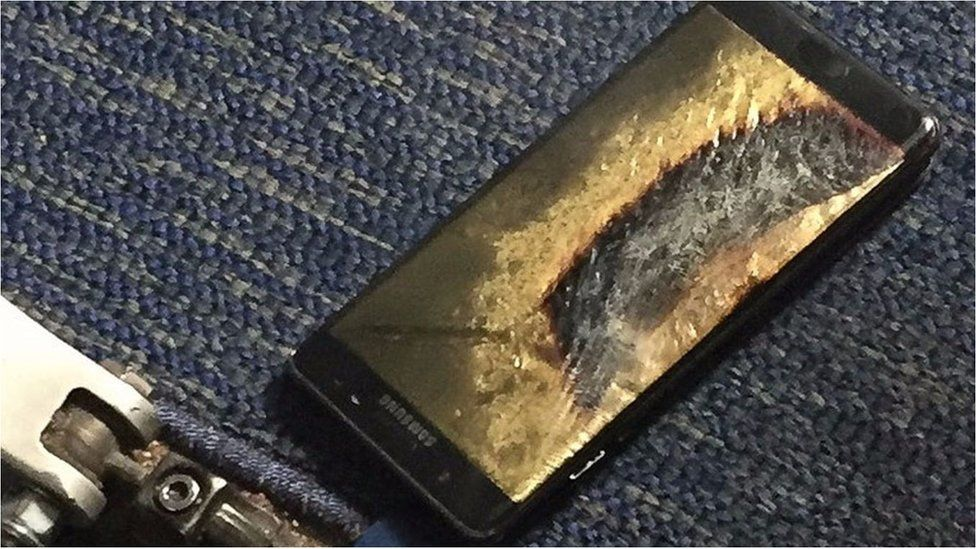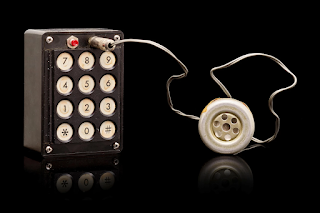Human errors are inevitable. Flaws in design can lead to serious consequences. In IT small errors can affect millions of users and create a PR nightmare for the company. One of the examples that came to my mind was Samsung Galaxy Note 7 battery catching fire.
Back in 2016, Samsung discontinued its Galaxy Note 7 smartphone just two months after its became available on the shelves, due to battery defects causing the phone to overheat, combust or explode. Around that time, Samsung Galaxy S7 Edge also reportedly caught on fire.
But the main focus was on the Note 7, as it's definitely the smartphone that became Samsung's biggest advertising nightmare to date. The phone's battery reportedly had a flaw in design that made it prone to bending, and indeed, there were dozens of reports of Note 7s catching on fire.
The Note 7 was quickly withdrawn from sale and Samsung tries and forget about it as a their error from years ago, but there are reports that the brand new Galaxy S22 may be featuring a battery made by the same Note 7 battery supplier. This may be concerning to users, if true.
An example of good design can be often seen in tiny details. Apple is very famous for having small details that help users and improve user experience. Steve Jobs was well-known for working on little things and trying to bring computers to ordinary people. At the time he founded Apple, computers were seen as niche topic for educated engineers.
He would often want to use materials that were considered expensive and impractical. He wanted to use glass for iPhone screen instead of plastic to have a pleasurable user experience.
Apple COO Jeff Williams tells the story announcing a new $200 million investment at Corning Glass’ factory in Kentucky.
Williams tells that the Macworld 2007 presentation was a total success. Everyone loved this thing and the media was talking about it non stop. But then Jobs called the next day. “Everything is great except one problem,” he told Williams, “I’ve been carrying this thing around and it scratched in my pocket. I don’t know if it were my keys or what, but it scratched [...] we need glass.”
The problem was that this wasn’t possible with the glass available in the market at this point. Williams explained it to Jobs: “I think that within three to four years, technology may evolve and we can do that on the phone,” he told his boss.
Jobs, as he usually did when confronted with a technological impossibility, wouldn’t accept it. “No, no, you don’t understand. When it ships in June, it needs to be glass,” Jobs replied. Williams explained to him that it wasn’t possible because any glass they tried shattered on first drop.
Jobs was relentless: “I don’t know how we are going to do it but, when it ships in June, it’s going to be glass.”
Williams says that the next day he got a call from someone at Corning Glass, saying that Jobs had called them saying that their glass sucked. But there was a glimmer of hope: the company had an experimental glass sitting on a shelf at their R&D lab. Perhaps this glass, Corning told Williams, could be put into production and used for the iPhone.
As Williams described, it was a “Hail Mary” move. With only six months ahead before the phone reached stores, it was almost impossible. But Apple — and Corning — took the risk and it changed our idea of phone and expectations forever. Now, many generations later, every phone and their uncle uses this type of hardened Gorilla glass.




Comments
Post a Comment